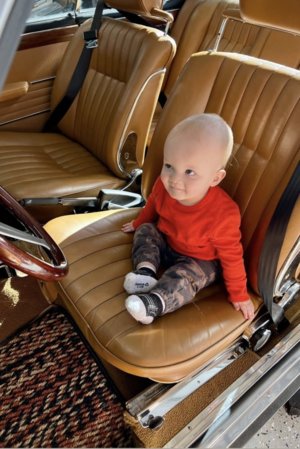I believe what you have and the one I have off a 2002 is a VERY old Italian Weber carb and as I said previously the Weber expert at Worldpac had never seen one like it (I sent him your picture).I ordered another, shorter solenoid I found online for the 32/36 carb (can't find the long one anywhere) but it has a larger thread so won't fit. I've looked all over the USA, Australia, England and Italy and been told consistently that the carb I have has not been made in decades and nobody can help. In fact, you can't even find it on the historic parts list for Weber. I give up. After the first of the year, I think I will just pop for new carbs. Any recommendations?
I was having issues with one of my Webers so I bought a new one. However, after talking with Worldpac, I have it working correctly. The Electronic Idle Valve you bought should be part number 43928.060 and will fit the new carbs but the new carb doesn't come with it included. Also the new Webers reportedly have physically different size jets and come standard with:
Main primary 135 secondary 140 (mine are primary 125 secondary 127 not sure are the right ones)
Air primary 160 secondary 170 (mine are primary170 secondary 175 not sure are the right ones)
idle primary 55 secondary 50 and he confirmed that the secondary is smaller. Not sure what I have.
You will need to see what you have and what should work in the new ones. Go by the parts breakdown based on the jets you have in your carbs.
@sfdon hinted at going with injectors and I am not sure what all that would take to do but is probably a very good option. Two new DGAV2336 from Carbs Unlimited with the electric idle valves will cost between $700 to $750 plus jets and gaskets.
Not sure if someone could try to take your old electronic idle valve apart and solder on a wire. I would try that or find a small diameter idle jet to try.
I will check on the 2002 carb on the car to see if I need this small idle jet and if not I will send it to you to try.


